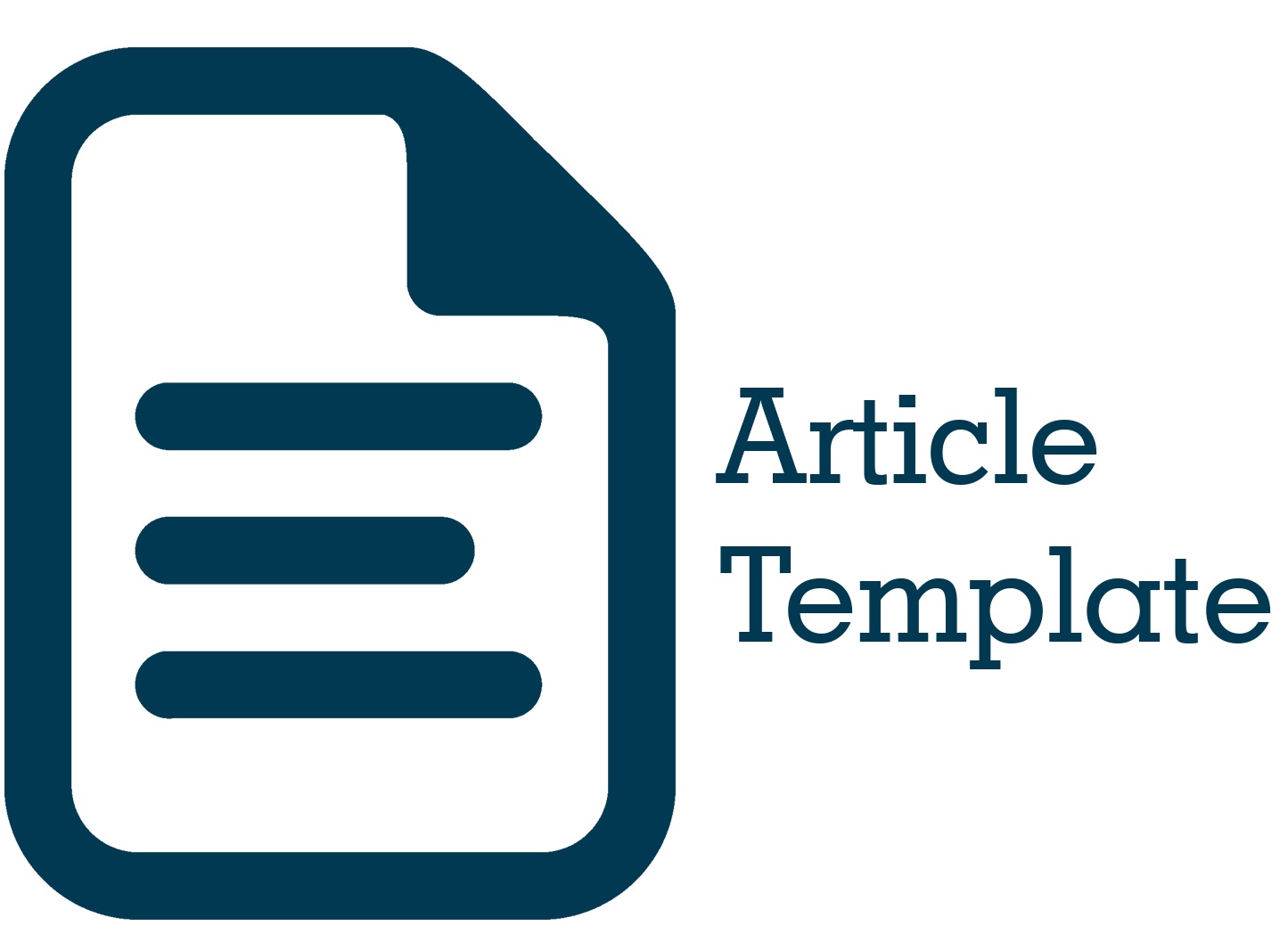Implementasi Kebijakan Program Jawa Timur Pemberdayaan Usaha Perempuan (Jatim Puspa)
DOI:
https://doi.org/10.51135/PublicPolicy.v5.i1.p117-136Keywords:
Public Policy, Program Implementation, Business Empowerment, Jatim PuspaAbstract
The Jatim Puspa Program is an effort made by the East Java Provincial Government to increase the income of people affected by COVID-19 with a target for people who are at the lowest 8-12% welfare level. Batu City is the only city in East Java Province that receives assistance from the Jatim Puspa Program targeting 123 Beneficiary Families (KPM) spread across 6 villages, one of which is Gunungsari Village. The aim of this research is to analyze and describe the implementation of the East Java Puspa Program policy in Gunungsari Village, Batu City. The method used in this research is descriptive qualitative. The data collection techniques used were interviews, observation and documentation. The data analysis model consists of data collection, data presentation, data condensation, and drawing conclusions. The research results show that the Policy Content and Policy Context in the Jatim Puspa Program in Gunungsari Village, Batu City can be said to have been successful, but there are still targets that need to be optimized again. However, overall the implementation policy of the Jatim Puspa Program in Gunungsari Village, Batu City has been carried out well.
Downloads

Downloads
Published
How to Cite
Issue
Section
License
Authors whose manuscripts are published in the Journal of Public Policy must agree to the following terms;
- Publication rights for all manuscript materials published are held by the editorial board with the author's consent.
- The legal formalities for digital access to the Journal of Public Policy are subject to the Creative Commons Attribution Sharealike (CC BY SA) license, which means the Journal of Public Policy has the right to store, redistribute, reformat, manage in a database, maintain, and publish the manuscript without seeking permission from the author as long as the author's name is included as the copyright owner.
- Published manuscripts are open access for the purpose of disseminating research results. Besides this purpose, the editorial board is not responsible for copyright law violations.


.png)



